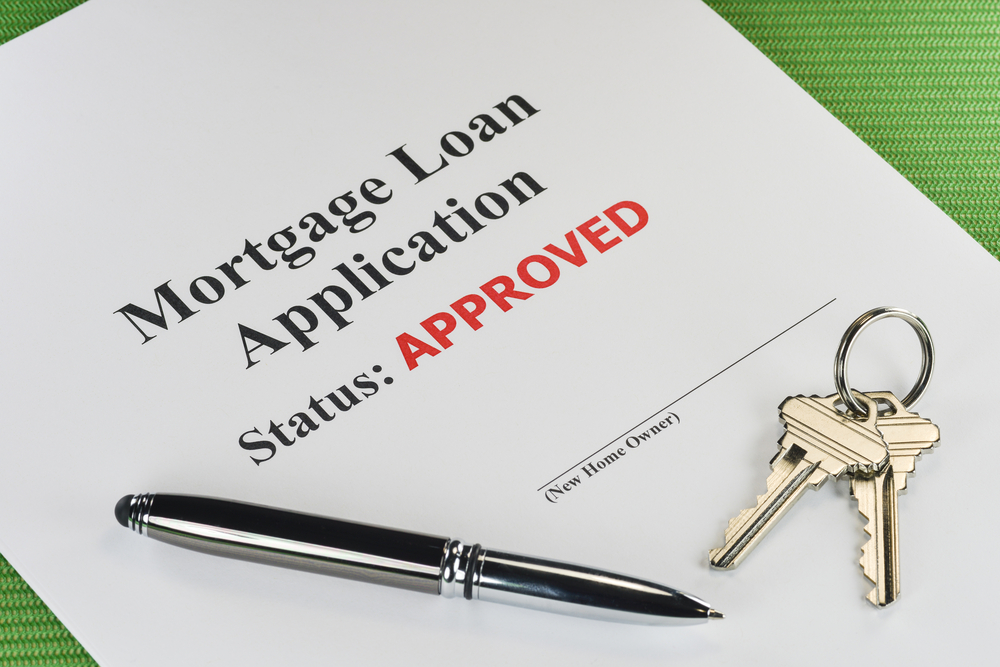Owning a home provides a sense of permanence and stability, and it’s a big step toward growing your personal net worth. But in previous years, tough lending requirements made it difficult for some to get a home loan. Thanks to new guidelines, banks have eased its standards, making it easier for many to purchase a home. If you’re applying for a mortgage, here is what you can expect.
-
Lower down payments on conventional mortgages
Qualifying for a standard conventional mortgage typically requires a minimum down payment of 5%. New lending programs, however, now make it possible for select borrowers to get a conventional loan with less upfront cash. Both the Conventional 97 and the HomeReady mortgage only require a 3% down payment. These loans are available to first-time homebuyers, repeat buyers and low-to-moderate income borrowers. The HomeReady program requires completion of an online homebuyer’s education course.
The down payment requirement has also been lowered for high-balance/jumbo mortgages over $417,000. These loans used to require a minimum down payment of 10%. Borrowers are now eligible with as little as 5%.
-
Relaxed income guidelines for self-employed borrowers
Similar to other applicants, self-employed borrowers must provide tax returns for income verification. But it’s sometimes harder for these individuals to qualify because self-employment income can fluctuate from year-to-year. In the past, rather than use a borrower’s most recent income for qualifying purposes, banks would average out the income over the past 24 months. This approach, however, didn’t allow some borrowers to benefit from increased earnings, and they would qualify for less than they could actually afford. Recent changes allow mortgage lenders to qualify self-employed borrowers based on their most recent year of returns.
-
Employee Expenses Don’t Hurt You
If you’re an employee and you spend your own funds on equipment, uniforms, business meals and other business expenses, you can write-off unreimbursed expenses when filing your taxes. Maximizing tax deductions can help you avoid a higher tax bill and help you receive a bigger tax refund, but deductions also lower your adjusted gross income, which is your income after deductions
Previously, the more job-related deductions, the less a borrower could spend on a house. This is because lenders would use an employee’s adjusted gross income when underwriting the mortgage application. Since deductions lowered the borrower’s qualifiable income, he would qualify for a smaller mortgage. The situation is different today. New mortgage guidelines state that job-related expenses will no longer count against an employee’s income. Mortgage lenders can use a borrower’s full W-2 income when underwriting the loan.








